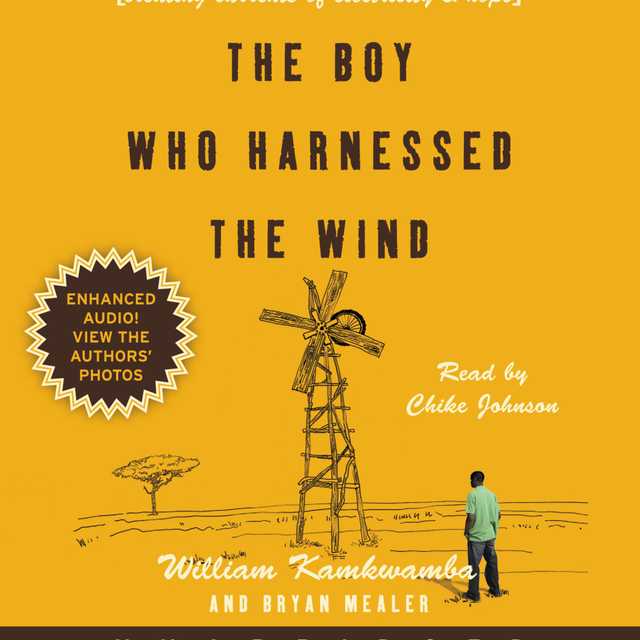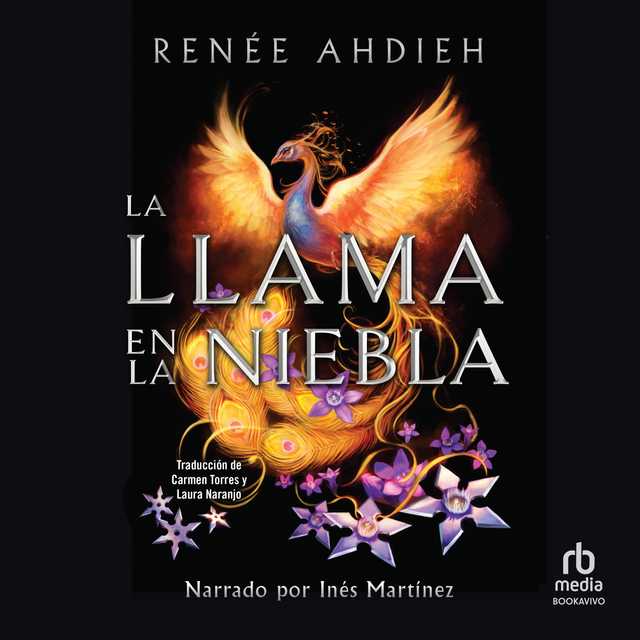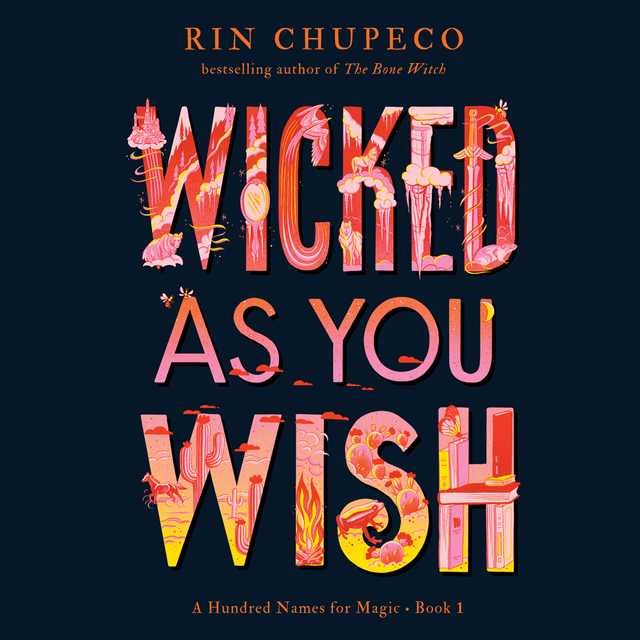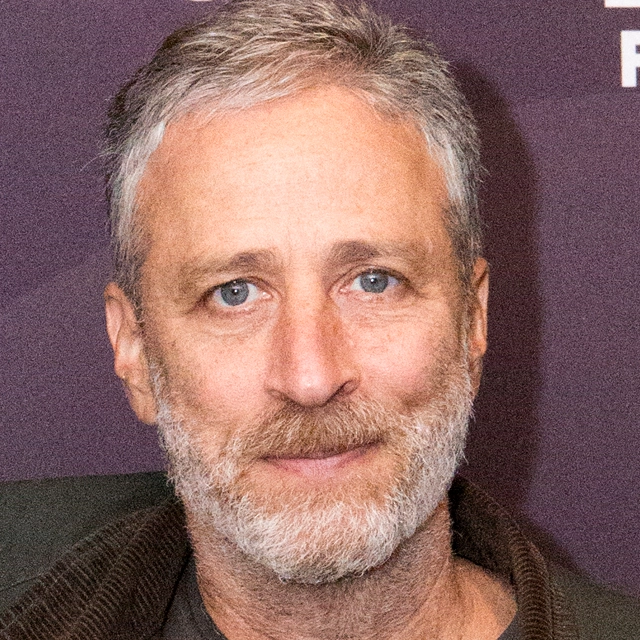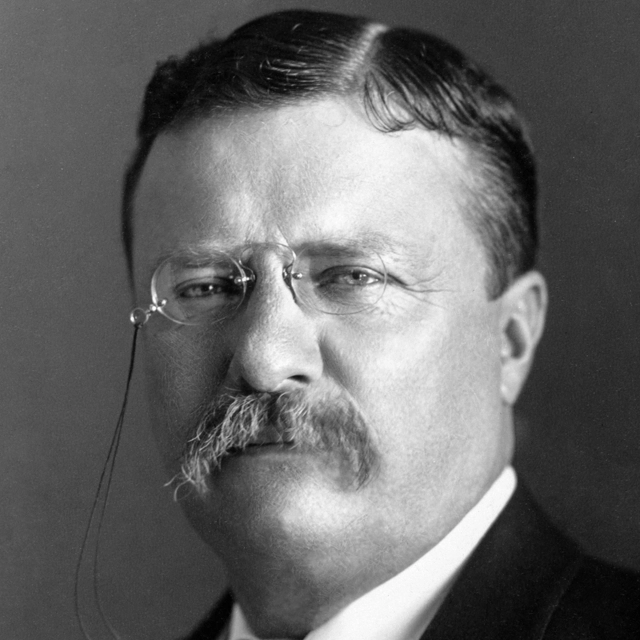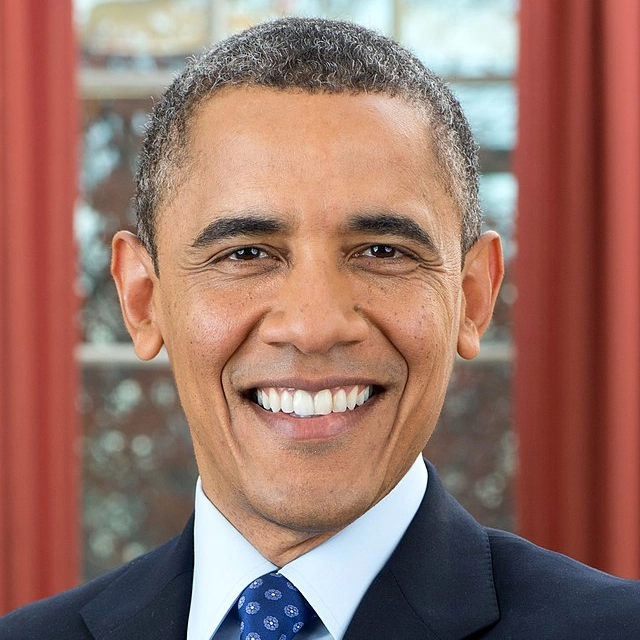The Boy Who Harnessed the Wind Audiobook Summary
Now a Netflix Film, Starring and Directed by Chiwetel Ejiofor of 12 Years a Slave
William Kamkwamba was born in Malawi, a country where magic ruled and modern science was mystery. It was also a land withered by drought and hunger. But William had read about windmills, and he dreamed of building one that would bring to his small village a set of luxuries that only 2 percent of Malawians could enjoy: electricity and running water. His neighbors called him misala–crazy–but William refused to let go of his dreams. With a small pile of once-forgotten science textbooks; some scrap metal, tractor parts, and bicycle halves; and an armory of curiosity and determination, he embarked on a daring plan to forge an unlikely contraption and small miracle that would change the lives around him.
The Boy Who Harnessed the Wind is a remarkable true story about human inventiveness and its power to overcome crippling adversity. It will inspire anyone who doubts the power of one individual’s ability to change his community and better the lives of those around him.
Other Top Audiobooks
The Boy Who Harnessed the Wind Audiobook Narrator
Chike Johnson is the narrator of The Boy Who Harnessed the Wind audiobook that was written by William Kamkwamba
William Kamkwamba is a New York Times bestselling author and innovator who designs development projects, including safe water delivery and educational access. William tells his journey of how he achieved his dream of bringing electricity, light, and the promise of a better life to his family and his village in his memoir The Boy Who Harnessed the Wind: Creating Currents of Electricity and Hope, co-authored with Bryan Mealer. Since its debut, The Boy Who Harnessed the Wind has sold more than 1 million copies and has been translated into nearly twenty languages worldwide. It has been published in two additional editions, a young reader’s version and a children’s book. After graduating from Dartmouth College in Environmental Studies, William began work as a Global Fellow for the design firm IDEO.org. He is an entrepreneur, TED Fellow, and has worked with the WiderNet Project to develop appropriate technologies curriculums focused on bridging the gap between “knowing” and “doing” for young people in Malawi and across the world. William splits his time between the U.S. and Malawi and is currently working full-time with the Moving Windmills Project to bring the Moving Windmills Innovation Center to life in Kasungu, Malawi.
About the Author(s) of The Boy Who Harnessed the Wind
William Kamkwamba is the author of The Boy Who Harnessed the Wind
More From the Same
- Publisher : HarperAudio
- Abraham
- American Gods [TV Tie-In]
- Dead Ringer
- House of Sand and Fog
- Prey
The Boy Who Harnessed the Wind Full Details
| Narrator | Chike Johnson |
| Length | 10 hours 4 minutes |
| Author | William Kamkwamba |
| Publisher | HarperAudio |
| Release date | December 01, 2009 |
| ISBN | 9780061992162 |
Additional info
The publisher of the The Boy Who Harnessed the Wind is HarperAudio. The imprint is HarperAudio. It is supplied by HarperAudio. The ISBN-13 is 9780061992162.
Global Availability
This book is only available in the United States.
Goodreads Reviews
Will
March 06, 2019
William Kambkwambwa was always a curious child. His curiosity about the workings of the world took a hit when his family was unable to afford to keep him in school. But he tried to keep up, going to the library and reading everything he could. He was particularly taken with books on science and on how things work. In this engaging and uplifting story, the young inventor tells of his experience in Malawi constructing a working windmill from bits and pieces retrieved from junkyards, using a design based on a book he got from the library. But the story goes well beyond his personal experience. William Kambkwambwa - image from kickstarterHe tells us about his community, a small village reliant on agriculture for sustenance and imperiled by the vagaries of nature and a corrupt government. He introduces us to his family, his much-admired father, his friends, the village chief, and offers a real feel for what life looks like in this part of the world. There is a long section in which Kambkwamba reports the frightening details of when famine struck his village, how the families coped, or failed, how the government responded. It is riveting material. Also of considerable interest is the degree to which people in Malawi hold on to a belief in magic one would have thought had faded long ago. William was at risk of being persecuted as a witch for his invention. Some people were killed as the hungry sought a magical explanation for the lack of rain, and scapegoats were found. That is as chilling as his tale of drought and desperation. Chiwetel Ejiofor as Trywell Kamkwamba and Maxwell Simba as William - from the Netflix filmIn the latter part of the book, the young inventor is finally discovered and we see some of his wonder as he is introduced to a much wider world and finally comes to gain a society of peers. There can be no doubt that William Kambkwamba is a remarkable young man, and that he will continue to achieve great things, for himself, for his family, for his village, nation and for Africa. This book should be counted among those achievements.=============================EXTRA STUFFLinks to the author's personal, Twitter, and Facebook pagesA film based on the book is available on Netflix as of March 1, 2019A kickstarter campaign to finance making of a documentary of William's life
Maria
April 27, 2020
Nós os Deuses AdormecidosSe há livros que põem o meu entusiasmo nos píncaros, são aqueles que retratam personagens que por força da determinação, coragem e persistência fazem acontecer impossíveis!O caso concreto, aborda um episódio passado no Malawi, ao longo dum ano de seca:Está-se em 2002, e a fome grassa como a peste negra, enfraquecendo e dizimando as populações.William Kamkwamba, um jovem que logo em pequeno se deixou fascinar pela electricidade, sonha estudar Ciência nas melhores escolas do país. Porém, vê o seu projecto gorado ao ser impedido de prosseguir os estudos devido ao súbito empobrecimento da família.Não obstante, William não abdica do seu sonho. Com uma fome de aprender que excede a de comer, enfia-se numa biblioteca e estuda vorazmente. Um dia dá de caras com um livro sobre moinhos e uma ideia germinou-lhe no cérebro. Com pouco mais que um punhado de sucata, cria dois moinhos capazes de proporcionar à sua comunidade algo a que só 2% da população do seu país tinha acesso — electricidade e água corrente...Alguém disse um dia que "os homens são deuses caídos". "Caídos" não direi — adormecidos, talvez. E ao que parece, as Crises são os melhores Despertadores! 😊😉
Kinga
December 22, 2015
Finally good news.I can't begin to tell you what a joy to read this book was. Every adult and every kid should read it (except for those kids whose parents are not ok with them reading vivid descriptions of someone dying from gonorrhoea - but even those kids should probably rebel against their parents and read it anyway).As any review will tell you 'The Boy Who Harnessed the Wind' is about a boy who did just that - he built a windmill from junk using some second-hand book about physics that was donated to his village library. He then became one of the TED speakers and basically put Malawi on the map.Make no mistake, though. This book is definitely not a boring account of how one makes electricity from trash (although there are plenty of practical tips should you need them). It's a vivid memoir, written in a simple but compelling way. It starts, like any good African narrative with some ancestral tales and a little bit of magic. William's first years are lived in the fuzzy area between science and magic. His curiosity and ingenuity is obvious from the first chapters which describe the games he used to play with his friends and the little radio fixing business he set up with his cousin when they were just little boys. It goes on to the painful part where William is forced to drop out from the secondary school after it barely started because his parents can't afford the fees. This chapter is followed by a harrowing account of the famine in Malawi in 2001. I don't think I will forget it any time soon. It starts out benignly enough - the family decides to skip breakfast and have only two meals a day. Pages later they can barely get up and all look like their own shadows. As I mentioned in my review of Mindless Eating I do have this very unreasonable fear of dying from hunger and this chapter affected me deeply. I still can't get over it. One day I will probably forget all the intricacies of building a windmill but that vision of whole villages dying of hunger will stay to haunt me forever.(I remember reading this romantic novel 'The Bronze Horseman' which turned out to be almost entirely forgettable except for those chapters dealing with the famine during the siege of Leningrad. Even just thinking about this makes me hungry.)Despite all odds, William survives and thrives. It's not only poverty he is up against, it's the children who still go to school who mock him for spending all his days at the scrapyard digging through trash and reading 'Using Physics'. Everyone thinks him a madman until he triumphs. Now, this is what I call heart-warming! Not some bullshit stories about cats.
PDXReader
August 17, 2010
This book sat on my shelf for over a year mostly due to its unfortunate title. It certainly sounded boring! I only read it because it filled a challenge need. I was delighted to find, though, that it was far from dull, and I can honestly say that it's become one of my new all-time favorites. It's one of those books I want to hand to all my friends and say, "Read this. You'll love it!" Although the book is certainly about Kamkwamba creating a way to generate electricity, that part of his story comes well past the midway point. First readers get to enjoy African folk tales, which are followed by the harrowing story of William's life in famine-stricken Malawi. THEN comes the part about electricity. It's very entertaining, interesting, and exceptionally well-told. The first-person account is by turns moving, funny, horrifying, and, yes, inspiring. I completely enjoyed it and highly recommend it, even to people who don't generally read non-fiction.
Mal
April 06, 2017
A debate has been raging for years within that rarefied global community that earns its keep from the business of what we Americans call “foreign aid.” (Others, less afflicted by an aversion to international engagement, call the field “overseas development assistance.”)On one side are the advocates for large-scale bilateral and multilateral aid, insisting that huge grants from the World Bank, the International Monetary Fund, the U.S. Agency for International Development, and their ilk are the only source of real hope for the many desperately poor nations of what is broadly, though incorrectly, called the Global South (Asia, Africa, and Latin America). The advocate-in-chief for this perspective is Professor Jeffrey Sachs of Columbia University, who has argued that massive infusions of aid to the governments of the poorest nations can lift them out of poverty in short order. In 2006, Sachs published his seminal book, The End of Poverty: Economic Possibilities for Our Time, a work that provided the rationale for the Millennium Development Goals.Arrayed against Sachs and his colleagues are the born-again critics of government-to-government aid, most noticeably William Easterly, a long-time World Bank economist who came in from the cold in recent years to testify to the widespread failure of “foreign aid.” His 2007 book, The White Man’s Burden: Why the West’s Efforts to Aid the Rest Have Done So Much Ill and So Little Good, set off the debate between the two opposing camps.The gist of the difference between the two perspectives is simple: One side insists that the problem of poverty is far too big to be addressed through anything other than large-scale action carried out within each poor country on a national scale. The other side contends that top-down, nationwide development programs rarely work and that only solutions crafted at the grassroots and adopted by those who are most affected by them can bring about genuine social change.Though I’ve read a number of other books taking one side or another in this debate, the work that has cast the most light on the topic is one that paid no attention whatsoever to “foreign aid” or economic development schemes, whether large or small. It’s an extraordinary, first-person tale by a young man from Malawi entitled The Boy Who Harnessed the Wind.William Kamkwamba, the narrator of this awe-inspiring story, was a seventh-grade dropout who mastered fundamental physics by reading an out-of-date English textbook in a local, three-shelf library near his village and using his knowledge to construct a working windmill out of junkyard parts to generate electricity to irrigate his father’s farm. He was 14 years old.You can read news reports and even the most perceptive magazine articles about the challenges of development, but you won’t get nearly as close to the essential truth of the challenge as you will from reading The Boy Who Harnessed the Wind. Kamkwamba’s tale is unsparing of himself, his community, and his country. Through his all-seeing eyes, we witness the tragic consequences of the profound official corruption that held sway in Malawi for so many years after it gained its independence from Britain in 1964. We feel the unrelenting hunger he and his family experienced for months on end in the famine of 2001-2002. We see the darkness descend all around us as William is hounded by fearful villagers who can only explain his windmill as magical. But, most of all, we observe the steady evolution of his brilliant young mind as he confronts one setback after another, and prevails over them all.If there is hope for Africa, as I firmly believe, it lies in the minds and hearts of William Kamkwamba and other young people whose innate genius is unlocked by the spread of education and opportunity for self-expression at the grassroots. There are hundreds, maybe thousands, of William Kamkwambas across Sub-Saharan Africa. And it will be a combination of top-down aid – to build schools, train teachers, and buy textbooks – with the local action of countless NGOs, with both local and international support, that will provide them with the tools and the freedom to solve the problems that have held down their forebears for generations past. I don’t think genuine development – thorough-going social change – will come any other way.
Ross
December 27, 2018
The Boy Who Harnessed the Wind is an astounding, inspiring story told with natural humor and candidness. William Kamkwamba was born to poor farmers in Malawi, a southeastern African country at the bottom of the Great Rift Valley. If you're not one of the two million who have already seen his TED presentation, you can find it here, or see his later talk here. William starts by describing superstitions he was raised with, and what led him to question them. His natural inquisitiveness leads William to wonder how things work. He builds a simple-but-effective bird trap, and disassembles radios so he can fix them for others. He helps with running the family maize farm, but his father is never able to save enough to send William to school. This problem is compounded horrendously by a national famine, described in excruciating detail, in which people die and fight for dwindling food scraps after the government sells grain stores to neighboring countries for profit. This particular part of the story is agonizing to read.While struggling to survive on a single meal per day, William tries to piece together his own education by visiting a local library with three shelves' worth of books. Physics in particular interests him, and he begins to get a feel for magnets, AC and DC power, and designing circuits. This real magic he has found? Turns out it's called science. He eventually discovers the book Using Energy, an American textbook with a row of windmills on the cover. As he borrows the same few books repeatedly, he begins to suspect that he can construct his own windmill to provide nighttime lighting and mechanized irrigation for his family. Over many months, he patiently scrounges parts from bicycles, a local scrapyard, and makes strategic purchases with the help of his generous and ever-so-slightly-less-poor friend Gilbert.It's not just that William is self-taught in a foreign language, or that he's persistent, or that he continues despite naysayers who go out of their way to discourage him. William's intelligence can't be overstated: he intuitively knows to test out ideas first at smaller scales, to seek out effective materials, to apply abstract concepts from diagrams to real-world construction, to question durability and safety, and to iterate on his ideas based on results. He's not happy with something that simply works, and constantly revises, rebuilds and improves. The moment of his first windmill success is worth the price of admission alone, but I was even more floored by his creation of a circuit breaker, among other modifications.The details are worth the read, and there are many more twists and turns along the way. I kept waiting for William to find ways to monetize his invention, but that's just not where his head was at. It is extremely gratifying when his brilliance is finally recognized and he is equipped with resources to improve his town and nation. I'm excited to learn more about his ongoing efforts (this book was released in 2009, and he is now in his early 30s), which you can support at his website. My wife had been recommending this to me as one of her favorites, and I pass along the recommendation. The audio version, read by Chike Johnson, is delightful.
Emma Deplores Goodreads Censorship
March 05, 2016
This is one of those reviews for which not having a half-star option bothers me. This is better than a 3-star book (which is okay), but it is not at the 4-star level (which for me means excellent).So, this is a memoir by a young man from Malawi who, as a teenager, built a windmill – with only a book to guide him and using materials he was able to scrounge locally – to bring electricity to his home. William Kamkwamba is born one of several children in a farming family in rural Malawi, grows up without electricity or running water, and endures more than his share of hardship as a boy, including a severe famine and having to drop out of school (which is a real hardship for a smart and ambitious kid who loves science) due to his family’s inability to pay the fees. But he perseveres and ultimately gains international recognition and support.All that makes a great story, and ultimately a triumphant one, though readers shouldn’t expect a feel-good book from start to finish – the section on the famine is long and detailed. But it is a quick and easy read. In fact, the matter-of-fact writing style is perhaps too simple; it is unclear to me why there is a separate young-adult version of this book, when this is about as YA as a memoir can get. It is also most definitely written for an American audience: for instance, by explaining Malawian holidays in terms of American ones. But, I suppose the co-author’s job was making the story accessible, and in its content it feels true to the way a technologically-minded boy views the world. There is a lot of discussion of Kamkwamba’s projects (though again, written in a very accessible way) and much less insight into the people around him, only a few of whom get much notice.But I don’t want to criticize this book too harshly for not being a literary memoir, when it isn’t meant to be. It is meant to be the story of a talented kid who achieves his dreams in the face of incredible odds, and in that sense it’s a success.
Book Concierge
January 30, 2022
Subtitle: Creating Currents of Electricity and HopeThis is the memoir of an extraordinary young man, the son of a Malawian farmer, struggling in poverty and through famine and drought, but following the spark of inspiration, his own thirst for knowledge, and a desire to help his family and community. William saw a need and thought, “What if?” As he explained to a TED conference, “I tried, and I made it.”What he did was electrify his family home with his makeshift windmill, constructed from miscellaneous parts he scavenged from a scrapyard. Unable to attend school because his parents lacked the funds to pay tuition, William relied on the library, and one specific book on physics which he read over and over and over again. He did not despair that he lacked this or that device or material, rather he saw possibilities in the least likely bits and pieces. And he remained focused on his goal of improving his family’s life and ability to succeed. Brian Mealer co-authored the memoir, as Kamkwamba’s English was pretty basic at the time he sat down to tell his story. Still, it’s not the best-written book I’ve read, but the emotion of the story is what elevates it, in my opinion.His story is inspiring and uplifting. Bravo!(Note: There is also a young adult edition of his memoir, which, I assume, has less of the technical science / engineering in it. In his life, Kamkwamba has since gone one to graduate with a Bachelor of Arts in Environmental Studies from Dartmouth College. He continues to work to improve the lives of his countrymen.)
Bibliobites
January 24, 2022
Amazing and world-changing . A book everyone should read, and one that all my (homeschooled) high schoolers will be reading.ETA: A little more detail about what I liked/why: It warmed my heart to read about the times William’s friend helped him, either with work or money or encouragement. The same with the adults who believed in him and stepped up and used their influence to get others to help him. So many small helps here and there added up to life changing opportunities for William. I loved that William did all this with what was essentially trash - innovating and re-using and making do, which I options that I do not see útiles enough in modern America. And finally, I appreciated William’s vision for the future of Malawi and Africa - a grassroots approach, rather than top-down Western solutions. It is just such a good story on so many levels.
Dihia
December 22, 2020
It's about will and hope... “Thinking of them reminds me of a quote I read recently from the great Reverend Martin Luther King Jr. that says, "If you can't fly, run; if you can't run, walk; if you can't walk, crawl." We must encourage those still struggling to keep moving forward.”A story full of motivating messages ... I recommend it especially for people who let go of their dreams quickly and who need a morale boost to follow their efforts ...
Darla
October 12, 2018
4.25 stars for this inspiring story from Malawi. William Kamkwamba has faced so many more hardships in his life than we can even imagine, yet has overcome and conquered. His dream of bringing electricity to his family's home was realized when he was just a teenager and was unable to go to school due to financial difficulties. He used a local library to learn about science and figured out how to use junk from around their farm and in the city junkyard to build a windmill and light a small light bulb. Through God's providence word spread of his achievement and he was invited to apply to be a part of a TED conference in Tanzania. From then on his life and the life of his family and friends improves dramatically. The book drags a bit in providing too much detail for this nonengineer. Looking forward to seeing Kamkwamba speak at Avila later this month.
Frequently asked questions
Listening to audiobooks not only easy, it is also very convenient. You can listen to audiobooks on almost every device. From your laptop to your smart phone or even a smart speaker like Apple HomePod or even Alexa. Here’s how you can get started listening to audiobooks.
- 1. Download your favorite audiobook app such as Speechify.
- 2. Sign up for an account.
- 3. Browse the library for the best audiobooks and select the first one for free
- 4. Download the audiobook file to your device
- 5. Open the Speechify audiobook app and select the audiobook you want to listen to.
- 6. Adjust the playback speed and other settings to your preference.
- 7. Press play and enjoy!
While you can listen to the bestsellers on almost any device, and preferences may vary, generally smart phones are offer the most convenience factor. You could be working out, grocery shopping, or even watching your dog in the dog park on a Saturday morning.
However, most audiobook apps work across multiple devices so you can pick up that riveting new Stephen King book you started at the dog park, back on your laptop when you get back home.
Speechify is one of the best apps for audiobooks. The pricing structure is the most competitive in the market and the app is easy to use. It features the best sellers and award winning authors. Listen to your favorite books or discover new ones and listen to real voice actors read to you. Getting started is easy, the first book is free.
Research showcasing the brain health benefits of reading on a regular basis is wide-ranging and undeniable. However, research comparing the benefits of reading vs listening is much more sparse. According to professor of psychology and author Dr. Kristen Willeumier, though, there is good reason to believe that the reading experience provided by audiobooks offers many of the same brain benefits as reading a physical book.
Audiobooks are recordings of books that are read aloud by a professional voice actor. The recordings are typically available for purchase and download in digital formats such as MP3, WMA, or AAC. They can also be streamed from online services like Speechify, Audible, AppleBooks, or Spotify.
You simply download the app onto your smart phone, create your account, and in Speechify, you can choose your first book, from our vast library of best-sellers and classics, to read for free.
Audiobooks, like real books can add up over time. Here’s where you can listen to audiobooks for free. Speechify let’s you read your first best seller for free. Apart from that, we have a vast selection of free audiobooks that you can enjoy. Get the same rich experience no matter if the book was free or not.
It depends. Yes, there are free audiobooks and paid audiobooks. Speechify offers a blend of both!
It varies. The easiest way depends on a few things. The app and service you use, which device, and platform. Speechify is the easiest way to listen to audiobooks. Downloading the app is quick. It is not a large app and does not eat up space on your iPhone or Android device.
Listening to audiobooks on your smart phone, with Speechify, is the easiest way to listen to audiobooks.

